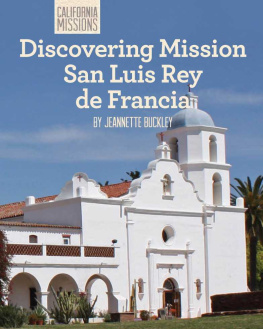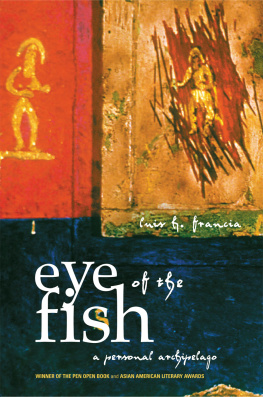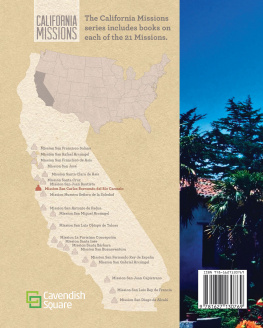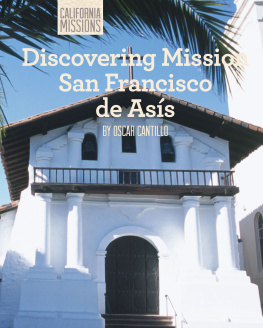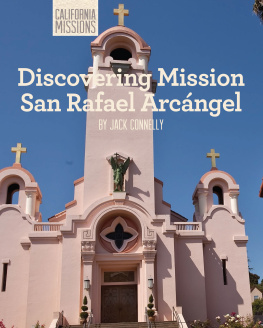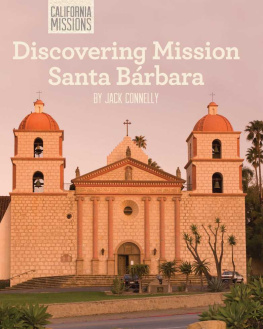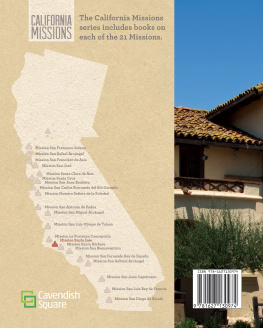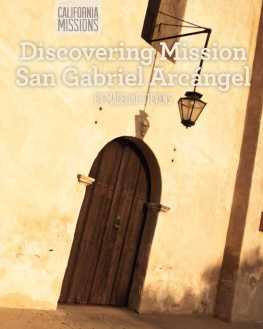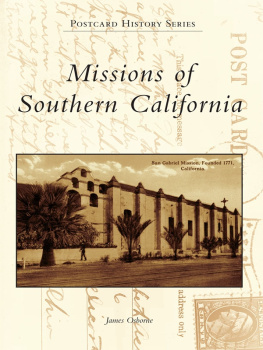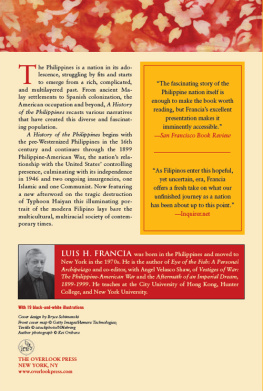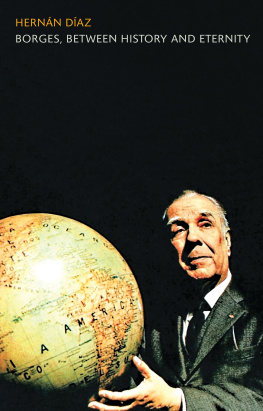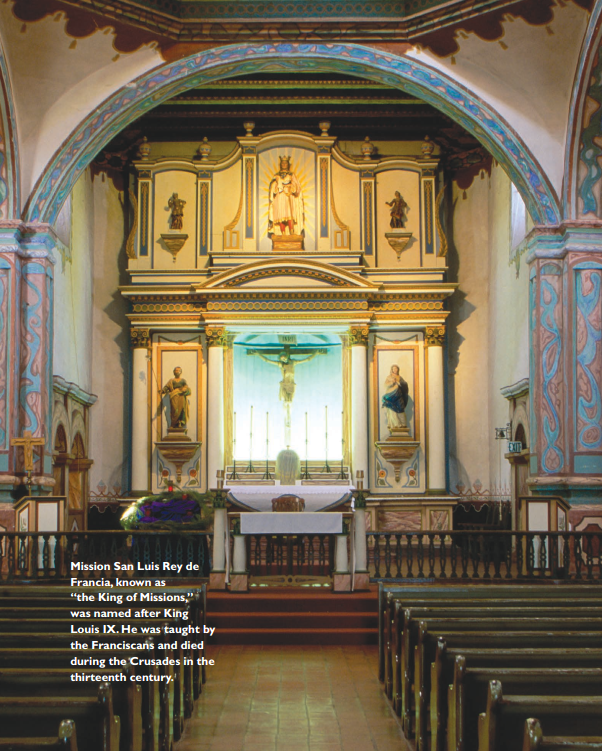by
Wm
Published in 2015 by Cavendish Square Publishing, LLC 243 5th Avenue, Suite 136, New York, NY 10016
Copyright 2015 by Cavendish Square Publishing, LLC First Edition
No part of this publication may be reproduced, stored in a retrieval system, or transmitted in any form or by any means-electronic, mechanical, photocopying, recording, or otherwise-without the prior permission of the copyright owner. Request for permission should be addressed to Permissions, Cavendish Square Publishing, 243 5th Avenue, Suite 136, New York, NY 10016.
Tel (877) 980-4450; fax (877) - 4454 .
Website: cavendishsq.com
This publication represents the opinions and views of the author based on his or her personal experience, knowledge, and research. The information in this book serves as a general guide only. The author and publisher have used their best efforts in preparing this book and disclaim liability rising directly or indirectly from the use and application of this book.
CPSIA Compliance Information: Batch #WS14CSQ
All websites were available and accurate when this book was sent to press.
Library of Congress Cataloging-in-Publication Data Buckley, Jeannette.
Discovering Mission San Luis Rey de Francia / Jeannette Buckley. pages cm. (California missions)
Includes index.
ISBN 978-1-62713-112-4 (hardcover) ISBN 978-1-62713-114-8 (ebook)
1. San Luis Rey Mission (Calif.)-History-Juvenile literature. 2. Spanish mission buildingsCaliforniaOceansideHistoryJu-venile literature. 3. FranciscansCaliforniaOceansideHistoryJuvenile literature. 4. CaliforniaHistoryTo 1846Juvenile literature. 5. Luiseno IndiansMissionsCaliforniaOceansideHistoryJuvenile literature. I. Title.
F869.S397B83 2015
. ' dc
2014010503
Editorial Director: Dean Miller Editor: Kristen Susienka Copy Editor: Cynthia Roby Art Director: Jeffrey Talbot Designer: Douglas Brooks Photo Researcher: J8 Media Production Manager: Jennifer Ryder-Talbot
Production Editor: David McNamara
The photographs in this book are used by permission and through the courtesy of: Cover photo by Bernard Gagnon/ File:Mission San Luis Rey de Francia 01.jpg/Wikimedia Commons; Richard Cummins/Lonely Planet Images/Getty Images, 1;
Richard Cummins/SuperStock, 4; Kara Jade Quan-Montgomery/Shutterstock.com, 6; Courtesy CMRC, 7; Laura Embry/ ZUMA Press, 8-9; ZUMA Press, Inc./Alamy, 10; ZUMA Press, Inc./Alamy, 11; SSPL via Getty Images, 12; 2014 Pentacle Press, 13; Almonroth/File:Mission Dolores-29.jpg/Wikimedia Commons, 14; Charlie Neuman/ZUMA Press, 15; Pentacle Press, 17; Christian Jorgensen/Mission San Luis Rey de Francia/Bancroft Library, 20; MCLA Collection/Alamy, 22; GIPhotoStock/
Alamy, 23; Pentacle Press, 25; Richard Cummins/Robert Harding World Imagery/Getty Images, 29; Pentacle Press, 30;
Pentacle Press, 32-33; Richard Cummins/Lonely Planet Images/Getty Images, 34; Bernard Gagnon/File:Mission San Luis Rey
de Francia 01.jpg/Wikimedia Commons, 41.
Printed in the United States of America
Outside Oceanside, California, is a peaceful retreat. Here, a white bell tower stretches into the blue sky. This tranquil sanctuary is the location of Mission San Luis Rey de Francia. Referred to as the King of the Missions, it was founded in the 1700s by Spanish friars, or frays, and soldiers and built by members of the Luiseno tribe. Raised from humble beginnings, the mission has stood for centuries, becoming a symbol of the important history of California.
the Spanish arrive in the Americas
Although Mission San Luis Rey de Francia was not founded until 1798, its story began much earlier. In 1493, Christopher Columbus brought back news of his findings in the Americas to Spain. Europeans had never been there before, and they decided to explore the area further, hoping to discover gold, great cities to conquer, or a faster trade route to Asia.
In 1521, a Spanish explorer named Hernan Cortes conquered the great Aztec empire for Spain. He renamed the land New Spaintoday known as Mexicoand set up a government under an official called a viceroy, who would act in place of the king. In 1542, Viceroy Mendoza of New Spain sent an explorer named Juan Rodriguez Cabrillo up the Pacific Coast to look for a river that would cut through North America to Asia.
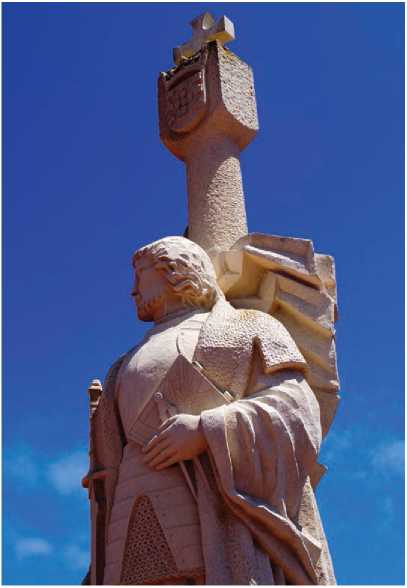
Cabrillo was an explorer who came to the New World to claim land for Spain.
Cabrillo did not find this river. Instead, he found the harbor that is known today as San Diego Bay, and eagerly shared this information upon his return to New Spain. However, since Cabrillo hadn't found riches, the viceroy didn't think it was worth the money and effort it would cost to send more ships there. The Spanish would not return to the place they called Alta, or upper, California for many years.
Eventually, other European nations explored California, including the Russians, who were very interested in settling Alta California. When the Spanish heard about this, they decided to send settlers to the area in order to retain the land they had claimed. On January 7, 1769, the first of three ships set sail for the San Diego harbor Cabrillo had found more than 200 years earlier. Four months later, on May 15, a group of men began their journey on horseback over land to meet the ships. The first Spanish colonists had arrived in Alta California.
life before the missions
Native people had lived in Alta California for thousands of years. Each group, or tribe, lived in a certain space of land, called a territory, and had its own language, beliefs, and customs. The Spanish called the people who lived in the area around the mission the Luiseno, after the mission's namesake, Saint Louis. Prior to their arrival, the Luiseno civilization thrived, but the Spanish colonization of California would change the Luiseno way of life forever.
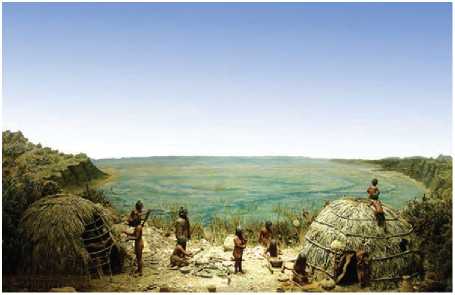
Many Natives lived in thriving communities.
The Luiseno culture was one deeply rooted in nature, much like that of other Native Californians. Their homes were made of bowed tree branches covered with mud, and they did their cooking outdoors. The men wore little or no clothing, and the women wore aprons that tied around the waist and had panels that hung down in front and back. The Luiseno crafted sandals from yucca tree fibers, which they wore for long journeys. When it was cold, everyone covered themselves with warm capes made of animal fur.
finding food
Men, as the primary hunters, were responsible for finding food for their families and other tribe members. They used wooden bows and arrows, which were strung with rope woven from flax and hemp. Their arrowheads were made of hard stone, chipped to form a sharp point. Feathers were attached to the shafts of the arrows to make them fly straight toward their targets. The Luiseno ate the meat of the animals they hunted, and used the skin and feathers as clothing or decoration.

